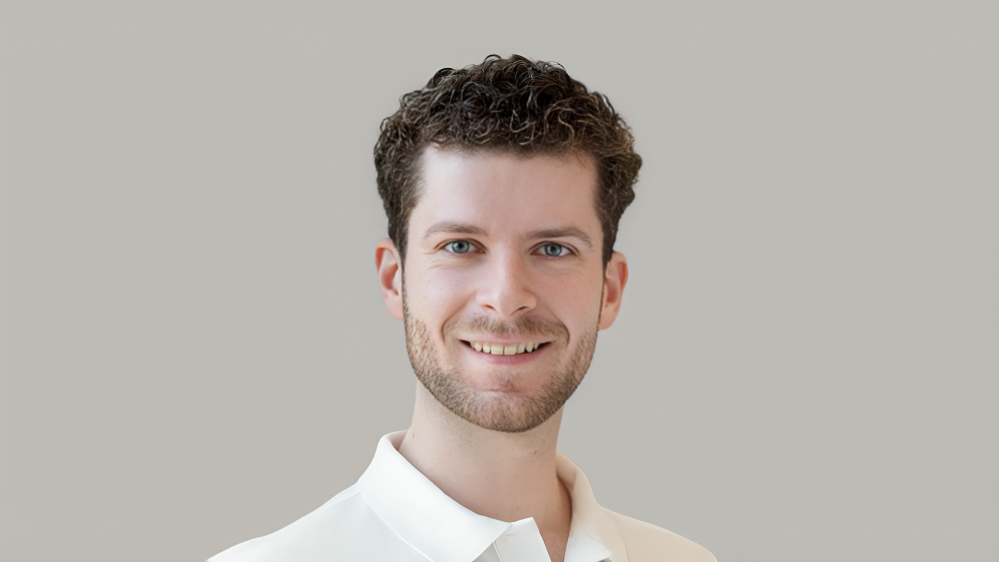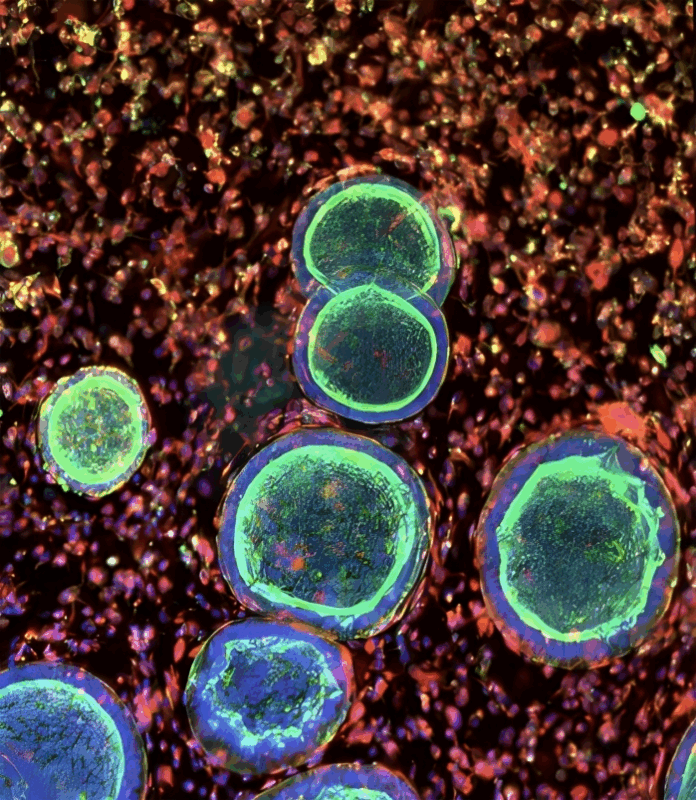
Lukas Gaats: Researchers Are Building Reproductive Organoids
Lukas Gaats, Co-Founder and CEO of Mo:re, shared a post on LinkedIn:
”Lab mice don’t menstruate.
Their placentas develop differently from women’s placentas.
These facts, along with a historical lack of funding for women’s health research, have left basic questions in women’s health unanswered.
That’s starting to change.
I found this interesting article in Nature that highlights how researchers are now building organoids that mimic key elements of the human reproductive system: from the placenta and uterine lining to ovarian tissue.
These models interact, respond to hormones, and recreate essential cellular behaviors.
More predictive models mean better ways to study disease mechanisms, test therapies, and design interventions.
For me, this is one of the most exciting frontiers in NAMs, modeling what cannot be replicated in animals.
But I cannot help thinking about how necessary standardization and automation are, so these systems can move from academic labs to regulatory-grade applications.
We have taken significant steps, NAMs are a reality, but the next challenge is clear.
Cell clusters that resemble the uterine lining grow with support cells in a synthetic hydrogel. Credit: Juan Gnecco, Linda G. Griffith.”
Article: The mini placentas and ovaries revealing the basics of women’s health
Authors: Cassandra Willyard

Read the full article here.
Stay updated with Hemostasis Today.
-
Dec 19, 2025, 13:30PPTA Europe’s Holiday Message: Wishing Health, Rest, and Renewal for 2026
-
Dec 19, 2025, 13:22If You Were Reading a “Bible for Blood Donation Volunteers,” What’s the ONE Thing That Must Be in It?
-
Dec 19, 2025, 12:52Julia Owens: Stroke Remains One of the World’s Leading Causes of Death and Disability
-
Dec 19, 2025, 12:03Pradeep Natarajan: Our New Genetic Study of Aortic Stenosis in ~3M
-
Dec 19, 2025, 11:47ESO Blog: Anna Gardin on Stroke Risk in the Era of Climate Extremes
-
Dec 19, 2025, 10:51Sarah Elkourashy Presents Insights on Caplacizumab for TTP at ASH25
-
Dec 19, 2025, 10:08Camilla Lombardi Shares an EHC Nutrition Guide for People with Bleeding Disorders
-
Dec 19, 2025, 09:56Danny Hsu Shares The ”I-WISh” Study by Nichola Cooper on ITP
-
Dec 19, 2025, 09:39Paul Bolaji: A Landmark Achievement -The Historic 1st Nigerian Stroke Leaders’ Summit 2025
